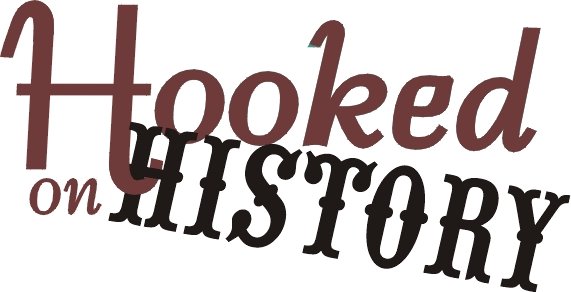Follow along online as Johns Hopkins University Egyptologist Betsy Bryan and her team of students, artists, conservators and photographers return to their investigation of Mut Temple this month, once again focusing their attention on the temple's Sacred Lake. Bryan and her crew are resuming their excavation in Luxor, Egypt, and are sharing their work via "Hopkins in Egypt Today," their popular digital diary offering a virtual window into day-to-day life on an archaeological dig.
With new posts appearing daily through the end of January, visitors to "Hopkins in Egypt Today" at www.jhu.edu/egypttoday/ will find photos of Bryan and her colleagues working on site in Luxor. In collaboration with the American Research Center in Egypt, which also supports Johns Hopkins' work inside the temple proper, Bryan will excavate the north perimeter of the lake, which was drained of nearly all its water in December. This month's excavation will continue work done in June and July 2008 proceeding from the region of an ancient stone dock on the east of the temple. Areas on the south and west of the temple will also be investigated. Any materials found in the lake bed will be conserved and desalinated near the bank of the lake before being transferred to a further protected environment. This work will continue for about one month and precedes other work by ARCE to clean and freshen the lake. The lake will be refilled with less saline water after the work is completed in July and will be drained again next winter.
The team members are former Johns Hopkins graduate student Violaine Chauvet, now a lecturer in Egyptology at University of Liverpool in England; conservators Chuck Van Siclen, Franck Burgos, Kent Severson, Hiroko Kariya, and Lotfi Hassan; photographers James Van Rensselaer and Norman Barker; graduate students Ashley Fiutko, Shaina Norvell-Cold, Meredith Fraser; undergraduate Jessica Popkin, who is majoring in Near Eastern Studies and History of Art; and alumna Emily Russo, who earned her degree in Near Eastern Studies and is now a graduate student in Egyptology at Brown University.
The goal of the "Hopkins in Egypt Today" Web site is to educate visitors by showing them the elements of archaeological work in progress. The daily photos and detailed captions emphasize not only discoveries, but the teamwork among Bryan, her colleagues, students and their "gufti," the local crew members who are trained in archaeology. That teamwork is essential to a successful dig, Bryan said. The Web site typically garners more than 50,000 hits every winter, when the dig ordinarily is active.
According to Bryan, modern-day Luxor is rich in finds from ancient Egypt's New Kingdom, like the major discovery made by the Johns Hopkins team in 2006: a 3,400-year-old nearly intact statue of Queen Tiy, one of the queens of the powerful king Amenhotep III. Bryan has said that the statue is "one of the true masterpieces of Egyptian art." Bryan is the Alexander Badawy Professor in Egyptian Art and Archaeology at Johns Hopkins. Her work is funded by grants from the American Research Center in Egypt and the U.S. Agency for International Development.
-----
www.fayettefrontpage.com
Fayette Front Page
Community News You Can Use
Fayetteville, Peachtree City, Tyrone
www.georgiafrontpage.com
Georgia Front Page


No comments:
Post a Comment